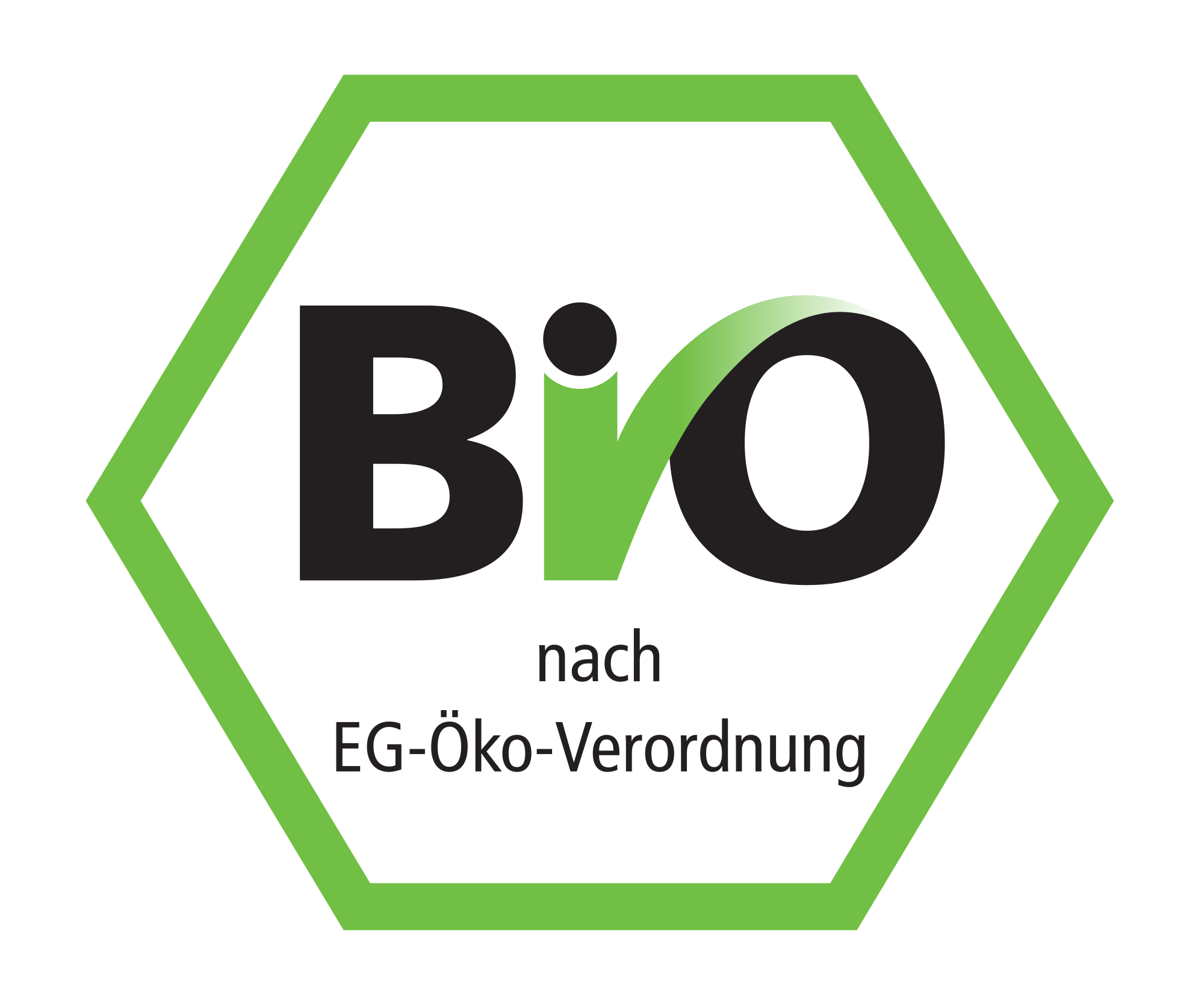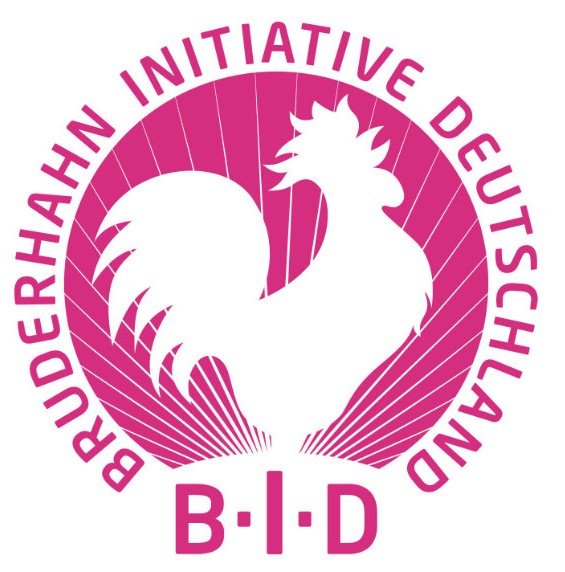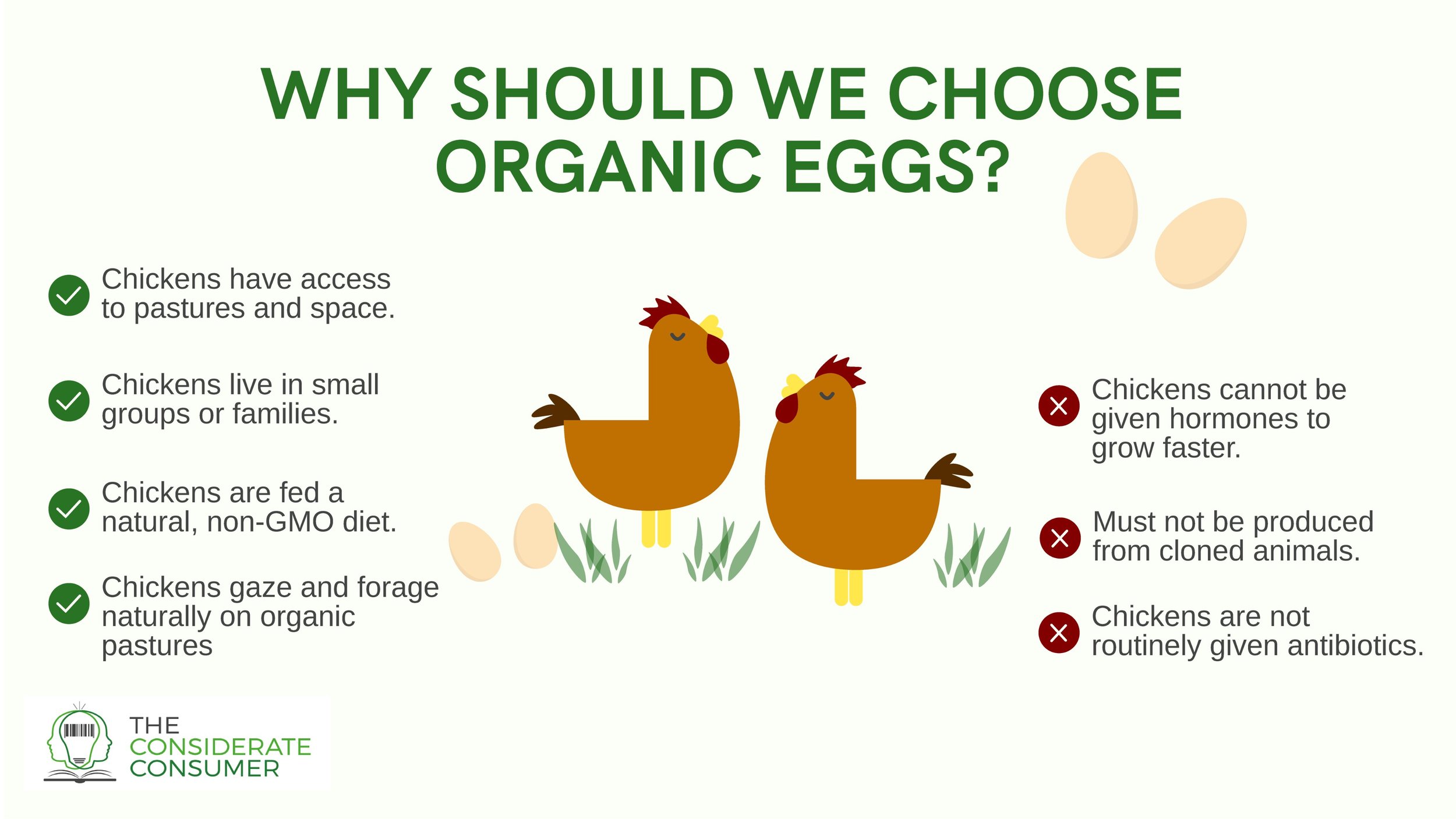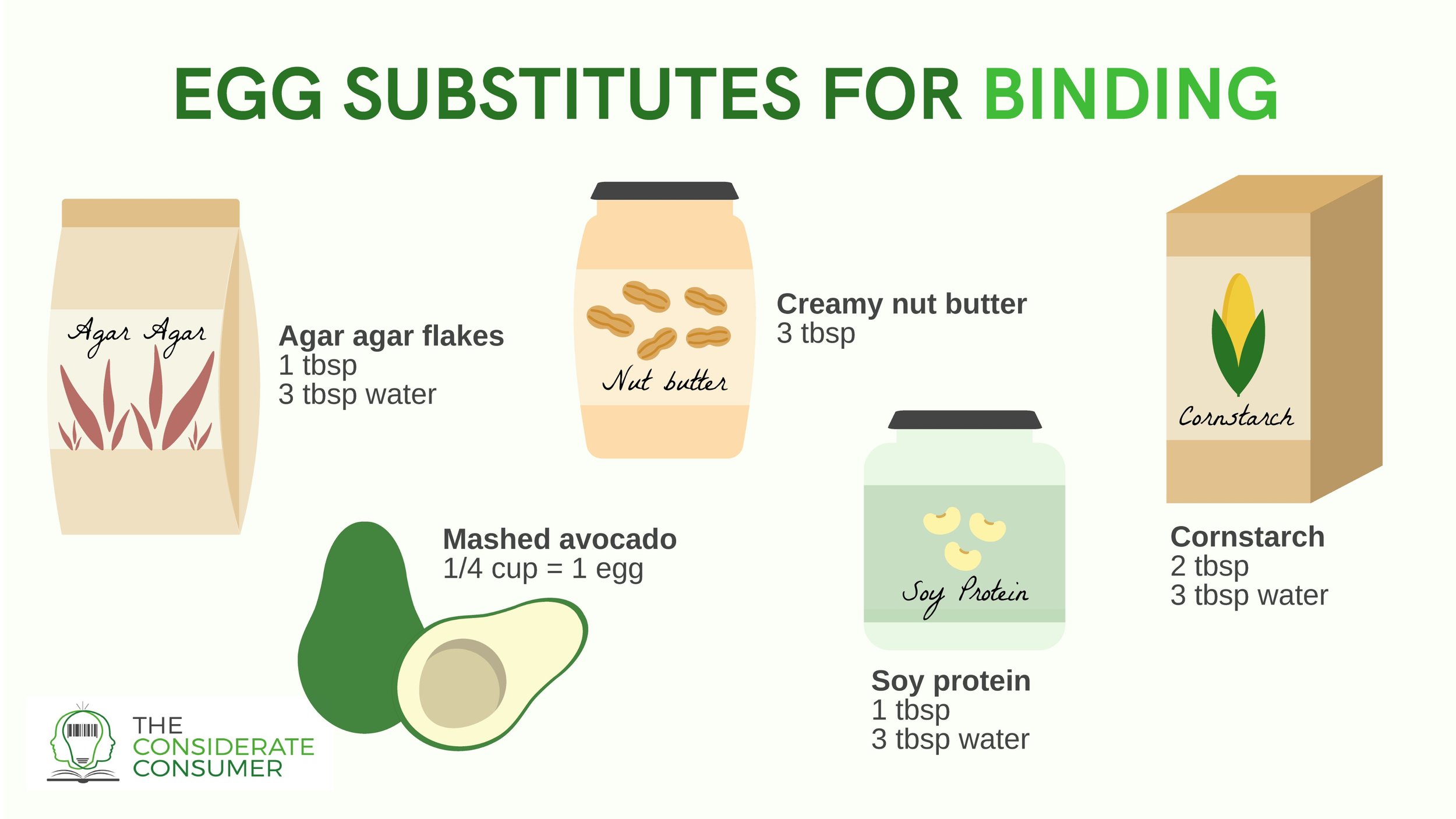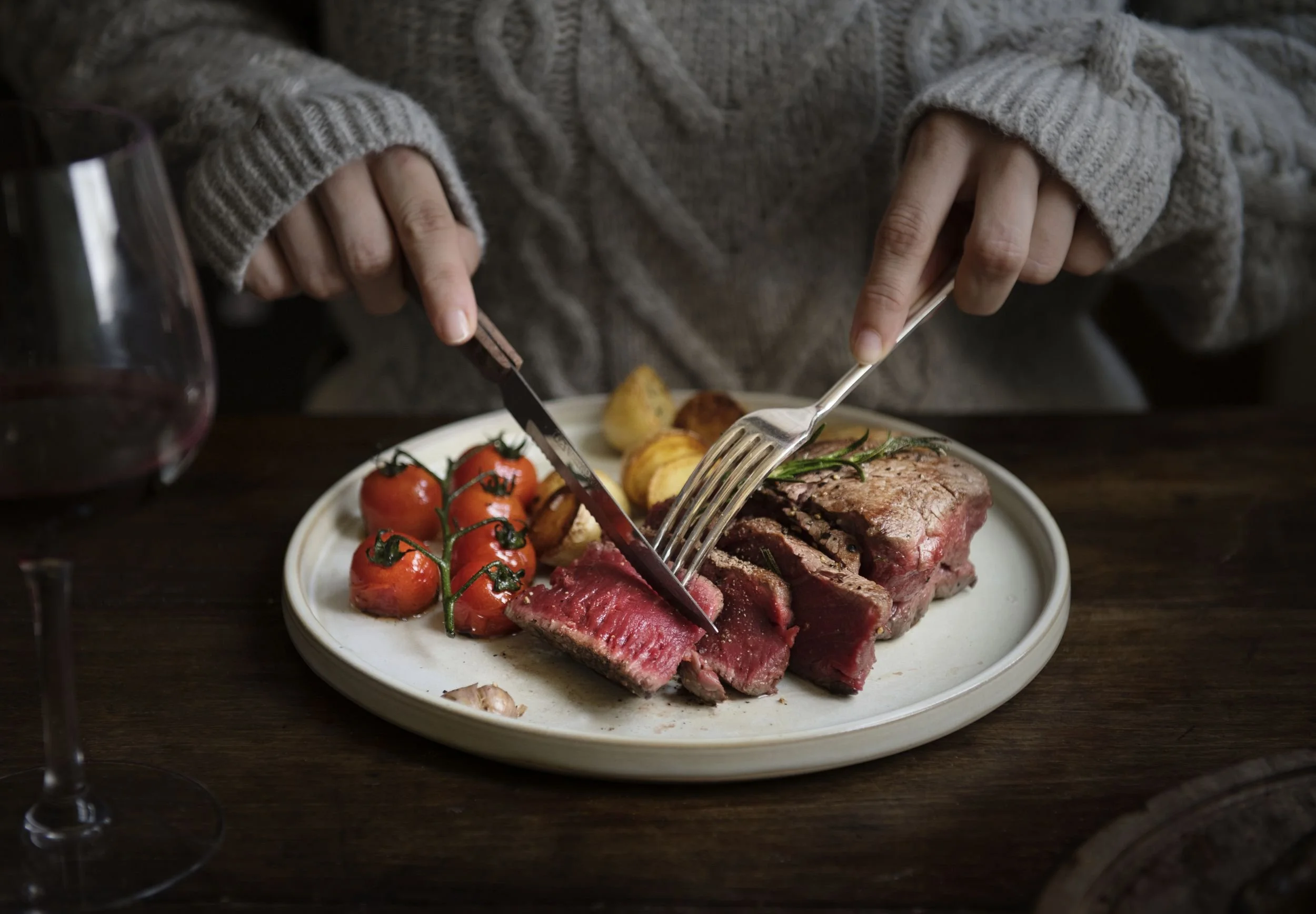December 2019
People have been using eggs as food for thousands of years. Traditionally, they function as binders, leavening agents, or for moisture. We not only enjoy them scrambled or boiled, but a lot of ready-made products also contain eggs. Because the EU has a vast population and demands an enormous number of cheap eggs, the egg industry meets this demand by efficiently producing eggs.
Here is how to spot sustainable eggs, the most popular egg substitutes and why to opt for organic eggs.
EGG TRACKING CODE
The tracking codes printed on eggs EU-wide can help us make a sustainable choice:
It categorises eggs by country of origin, the hen housing system (HHS) used and the farm ID.
The four types of HHS are organic (0), free-range (1), Barn (2) and enriched/furnished cage (3).
Enter your egg’s code on the KAT database to check its information.
Labels on egg boxes also display sustainable certifications such as farming associations, which guarantee stricter production regulations.
Hen housing is generally based on production efficiency and ease of management, which means:
Groups far exceed the ideal maximum of 20, leading to behavioural disorders.
Beaks are partially removed to avoid feather-pecking.
Legal loopholes are exploited to optimise production over animal welfare.
ORGANIC EGGS
Organic eggs come from hens that:
Have plenty of space, including pastures where they can graze and forage naturally
Live in groups/families between 5 – 20 birds
Are fed as naturally as possible
Aren’t given growth hormones, regular antibiotics or come from cloning
Always support farms that meet hens’ health, behavioural and social needs and keep them safe and secure – which would be organic or free range.
EGG SUBSTITUTE
Egg consumption can be reduced by switching to substitutes. Various plant-based products, such as MyEy, VegEgg, or Follow Your Heart, are available in supermarkets or online.
If not substitutes, then other ingredients can replace the role of eggs in recipes:
For binding, try Agar Agar flakes, arrowroot, avocado, corn starch, nut butter or soy protein.
For leavening, try apple cider vinegar, baking powder, carbonated water, or potato or corn flour. Bananas, chia, or flax seeds can both bind and leaven.
For moisture, try fruit or vegetable purée, oil, plant-based milk or silken tofu.
For colouring, add spices like turmeric, paprika or saffron.
For texture, a ¾ cup of tofu can imitate one egg.
NGOs like the Reducetarian Foundation also provide helpful information for reducing (egg) consumption.
READY-MADE PRODUCTS
Ready-made foods that contain eggs often use those from caged hens.
An organic label will certify that the eggs are from a more considerate source.
Or, opt for egg-free (check the ingredients label) or vegan products.
EGGS FROM DUAL-PURPOSE BREEDS
The industry favours hybrid chickens, bred either for more egg-laying or a higher meat capacity.
Male chicks of the laying breed are killed right after hatching, as they are seen as worthless by the food industry for not laying eggs or being suited to meat production. Regardless of the eggs’ certifications, all hybrid chickens undergo such a process of male culling.
Therefore, opt for eggs from dual-purpose breeds, which are both productive in egg-laying and meat-heavy and means males and females are equally valued.
Learn more
Check our sources: Bibliography →




